Well, well, well…look who decided to show….Wait. That’s not the correct start. It’s not your fault that I’ve waited well over an entire year to create Part Two of this list. Let’s try that again.
Welcome back! I’d spend some time apologizing for the delay, but you don’t really care to hear my excuses, do you? Let’s get into the games! If you haven’t already, be sure to check out Part One of this list. As a refresher, here’s how I’m examining these games:
Difficulty
How difficult is the game to get to the table and start playing? This will consider the amount of rules and concepts to learn and how fast it can be set-up and played. (1 = Easy; 5 = Stupid Hard)
Cost
Games are expensive! This must be considered when looking for new games. Remember, they’re usually cheaper online, but supporting your local game store is still a good practice.
Replayability
You’re spending the time and the cash, how many times will you get this game to the table? This partially depends on your group, but some games will burn out faster than others regardless.
Now, on to Part Two!
Patchwork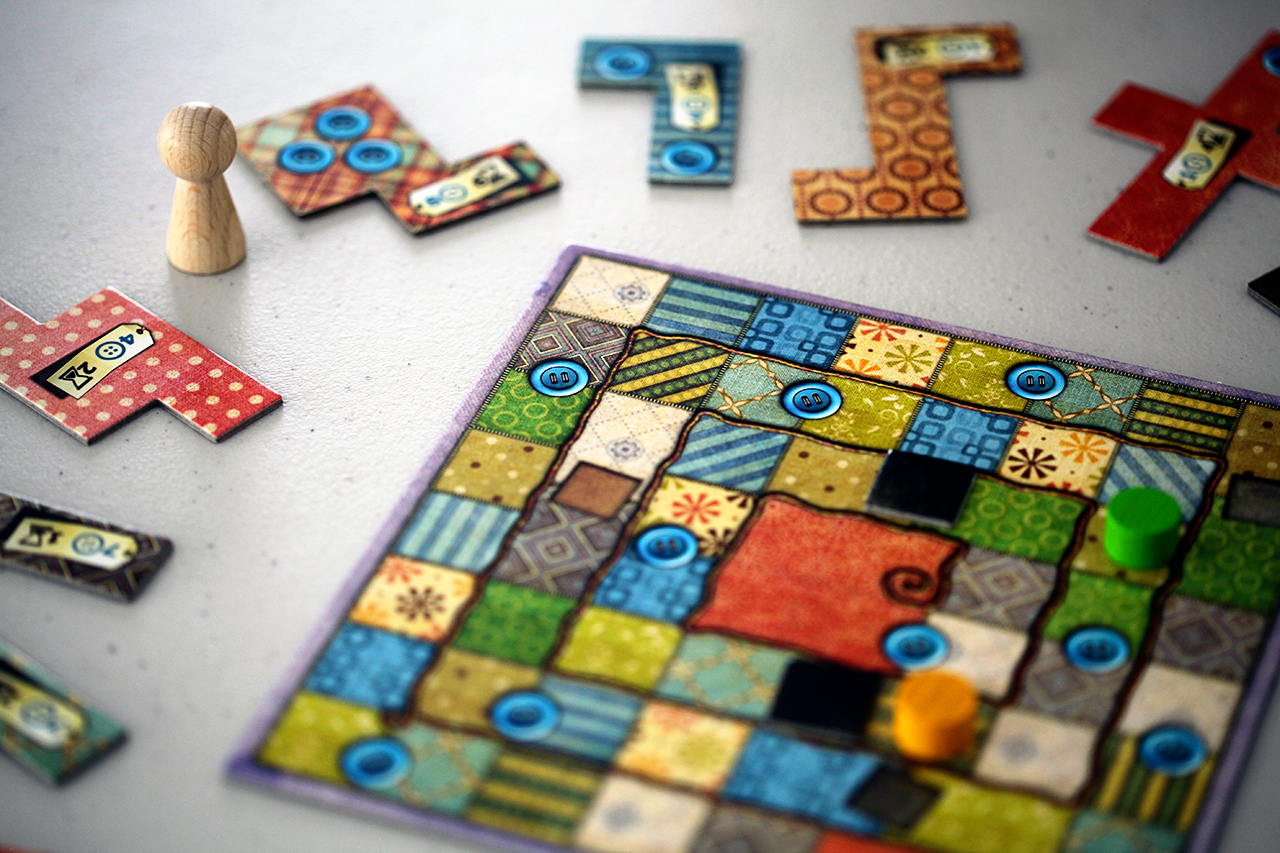
Patchwork is a relatively new release, but it has managed to shoot to the top of my two-player list. Yes, it’s technically about making quilts, but really it’s a tetris-like spatial reasoning puzzle that will really get you thinking.
Difficulty: 2. While Patchwork is very simple to learn, containing only a few lines of actual rules text, the game is relentless and a bit unforgiving. Yes, the quilt game is tough. Even after many plays, I still struggle to end with positive points most games. That being said, it is quite satisfying and a must-have for anyone who digs puzzles and spatial reasoning tasks.
Cost: $25. For the amount of gameplay found in this box, $25 is so very reasonable.
Replayability: 5. Playing in under 30 minutes, Patchwork is a game that you’ll keep coming back to with hopes of beating your opponent and the game itself.
For more info, be sure to check out our review.
BattleLore Second Edition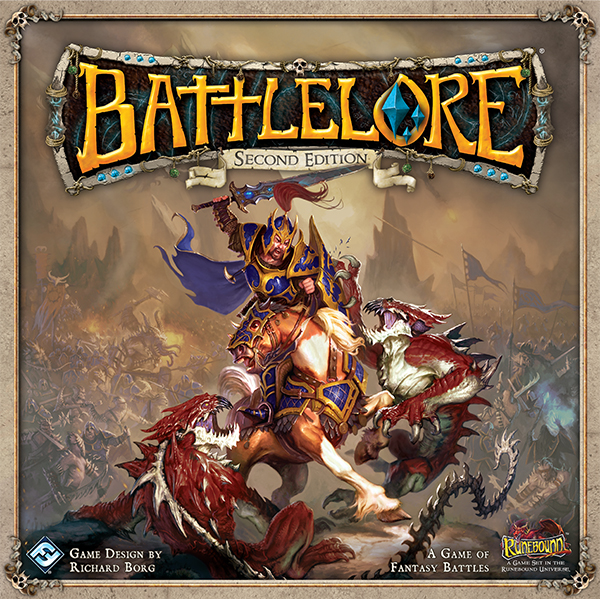
While most of the games I’ve listed here are on a smaller scale, consisting of mostly simple mechanisms, two-player gaming is not always fast, portable and cheap. Enter: BattleLore Second Edition – a high-fantasy battle game where two players control piles of miniature troops, tactically maneuvering across a battle-map to control strategic points and destroy their enemies!
Difficulty: 4. While BatteLore Second Edition is not the most complex game I’ve encountered, it is littered with small intricacies, keywords and timing structures that span two separate rulebooks. This game is truly fantastic, but it is a bear to tackle.
Cost: $80. Whoa. PRICE ALERT! $80 is kind of insane to spend on any game, so do your research before jumping in. Online retailers offer this game at a much more reasonable $50-$60. While that is still a whole lot of money, the bits inside the enormous box are well worth it.
Replayability: 3.5. I believe Battlelore Second Edition is extremely replayable, but the size and length of the game often mean that this game will not hit the table due to logistics.
Pandemic The Cure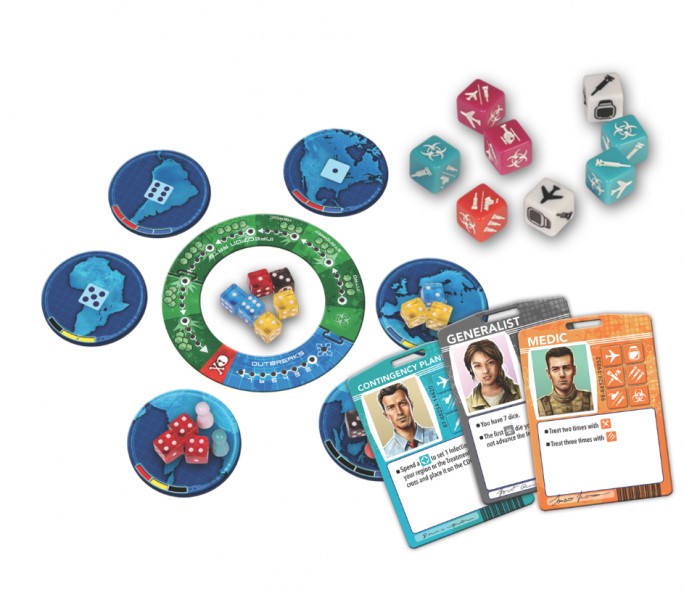
Let’s slow things down a bit. Competitive war gaming is great, but some times you just want to relax with your Player Two and save the world from four rapidly spreading infectious diseases. Pandemic The Cure offers exactly that, plus dice!
Difficulty: 2.5. Pandemic The Cure has a short and clear rulebook that will have you saving the planet in no time. Turns are fast and easy, but the game itself is dynamic and forever changing, meaning you’ll need to think ahead and get a little lucky at times to stay on top of the pandemic threatening us all.
Cost: $50. Ugh. Such a great cooperative game is left unclaimed by many due to an unfortunately high MSRP. Sure, custom etched dice are great, but the game itself does not feel like $50 quality. Online retailers offer it at the much more reasonable $35 mark.
Replayability: 3. The randomness found in each die roll will keep Pandemic The Cure feeling fresh for a bit, but after a while you may start to feel like you’ve been doing the same things each time. Variable player roles and multiple difficulty settings help to keep Pandemic The Cure on your table, but this game will eventually sink to the back burner and be brought out only every now and then.
Letters from Whitechapel
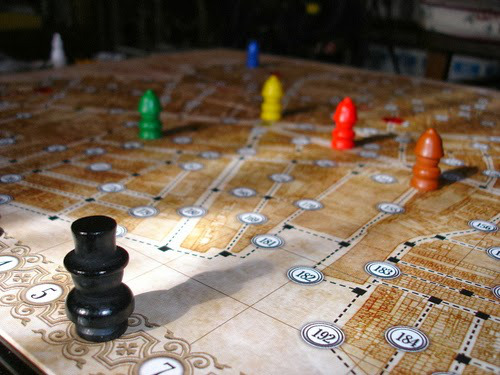 Letters from Whitechapel is a hidden movement game that pits two opposing players against each other in a battle of cunning and deduction. One player controls Jack the Ripper who is trying to get back to his hideout after committing another dastardly deed. The other player is the police force, hunting through the streets, chasing clues, trying to stop the madman before he strikes again!
Letters from Whitechapel is a hidden movement game that pits two opposing players against each other in a battle of cunning and deduction. One player controls Jack the Ripper who is trying to get back to his hideout after committing another dastardly deed. The other player is the police force, hunting through the streets, chasing clues, trying to stop the madman before he strikes again!
Difficulty: 3.5. Letters from Whitechapel is definitely a tough pill to swallow at first, especially if you’ve never played a game of this size or style. The rulebook is a bit tough to get through, though it really starts to make sense once you’ve played the game. Still, I’d caution new players to seek out someone with experience to teach them the ins-and-outs.
Cost: $50. This isn’t a terrible price for a game of this size and quality, but it definitely feels much better to acquire Letters from Whitechapel for under $50, as is possible at many online retailers. Still, if this game interests you, it’s not an unfair price.
Replayability: 3.5. The fun of Letters from Whitechapel comes from the battle of wits happening between the two players. As such, how much you’ll get out of this game really depends on how much you enjoy the thrill of the hunt and the rush of escaping certain capture. We’ve found the game to be fun every time, it’s simply the time commitment (90-120 minutes) that keep this from popping up once a week.
For more info, be sure to check out our review.
Lost Cities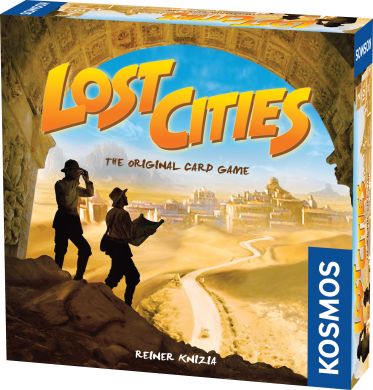
I could not be more excited to end this Part Two list with Lost Cities, a fantastic set collection and hand management card game. On the surface, Lost Cities has something to do with adventuring and investments and something like that, but in reality, the game is math. Math, people! As boring as that may or may not sound, Lost Cities is full of tension, risk, and calculation. It is so very fun.
Difficulty: 2.5. Lost Cities can be boiled down to “draw a card, play a card,” but some of the scoring rules ramp up the difficulty. The complexity comes from the choices being made during the game, rather than the rules of the game, but it still can feel a little weird when first starting out.
Cost: $20. Lost Cities could not be more of a steal at $20. Go buy it. Right now.
Replayability: 3.5. As stated above, replayability is a factor of the people playing it. While I would personally rate this game as a “5” and infinitely replayable, the truth is that the puzzle and the choices are largely in the same vein each game. While it is an excellent puzzle to tackle, the reality is that the motions of each game will be exactly the same. It’s whether or not the thought processes excite you that will determine it’s shelf life.
So, here we are again. Another chunk of two-player games ripe for the picking. While I get started on the next batch, I think you have some games to go play…





